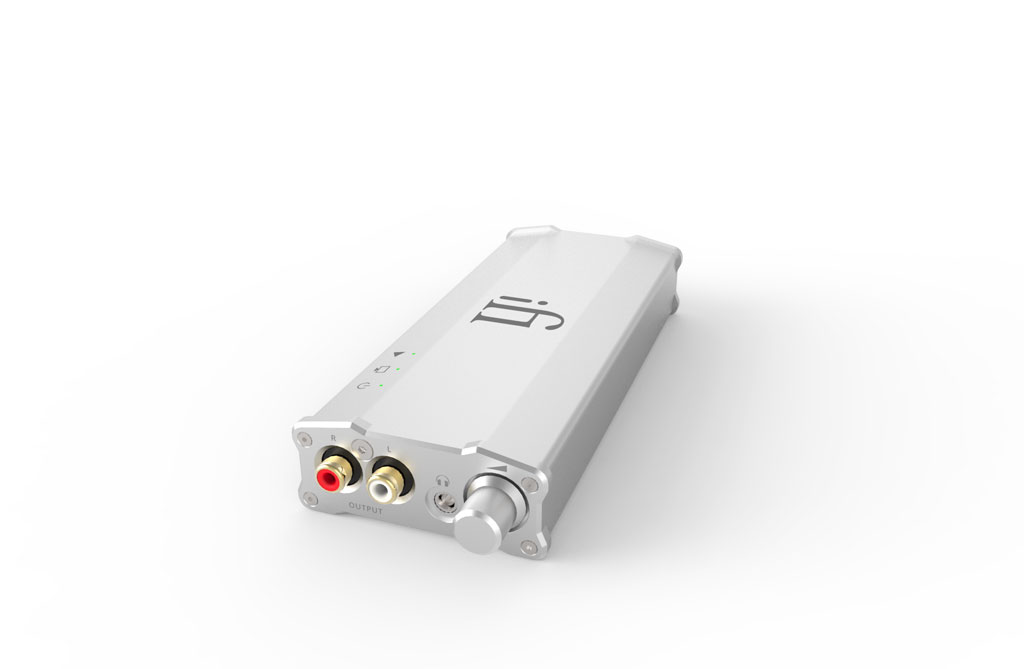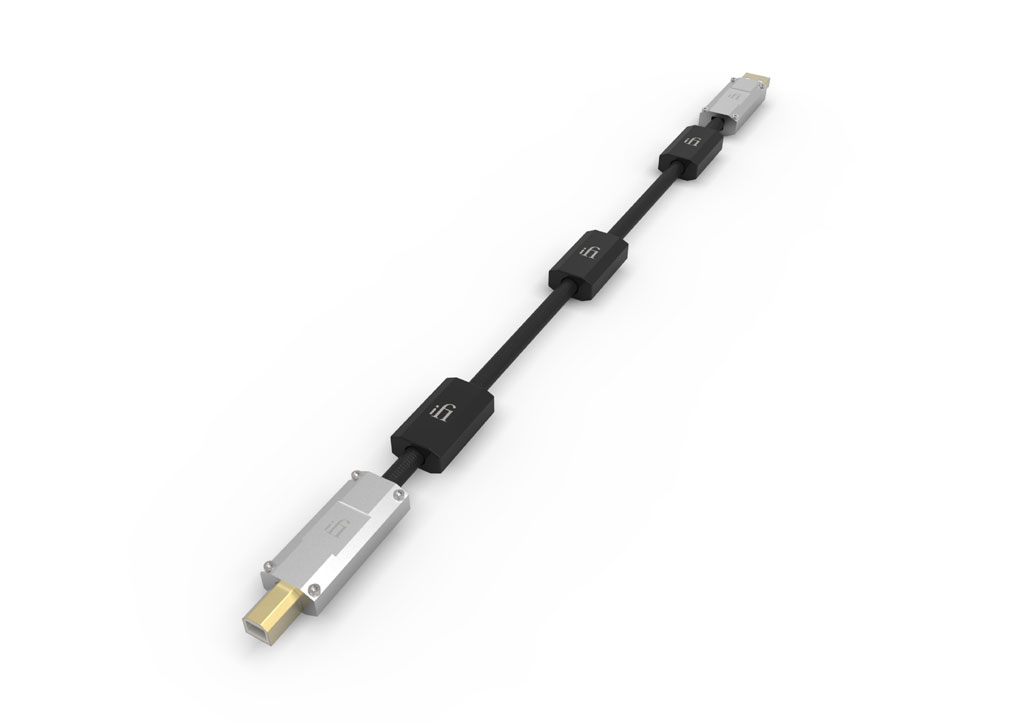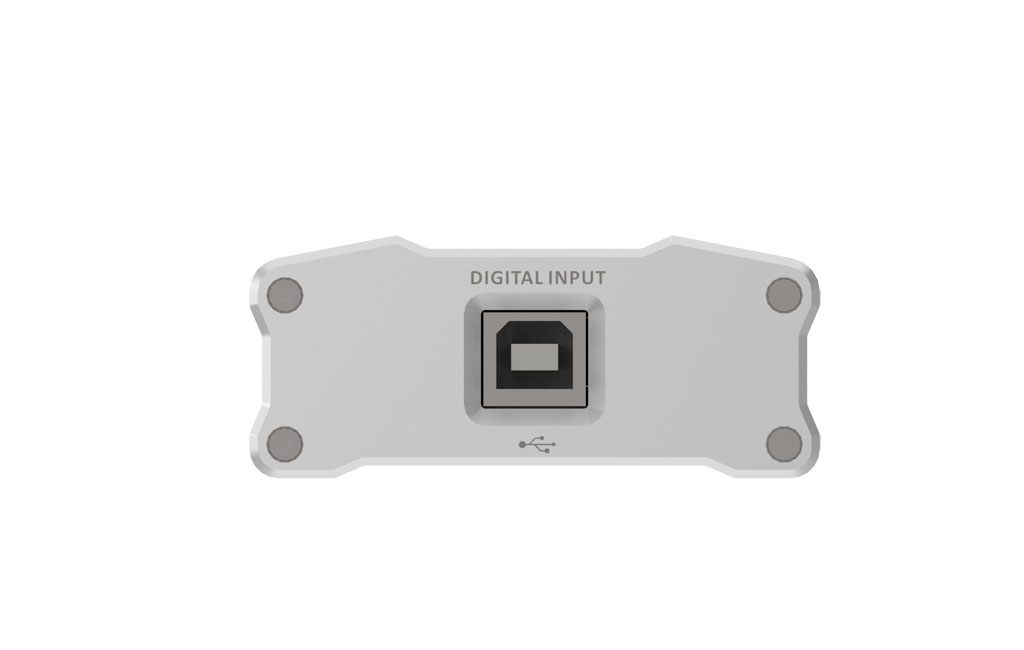iDAC – $299 + Mercury USB cable – $99 for 0.5 meter, $129 for 1 meter
I recently became somewhat serious about computer audio. Last month I bought an Asus laptop and two external hard drives to be used in combination as a dedicated music server. Previously my Sony laptop served as an uber everything computer. I felt I wasn’t getting the maximum benefit from playing digital music files through the USB as there were way too many programs and other peripheral crap loaded on the Sony. I have stripped down the Asus by deleting non essential programs, with almost all music files stored on the external hard drives. I also bought JRiver because this music software is capable of playing both high resolution PCM and DSD files. The iDAC is the first digital audio device auditioned with my new music computer setup. Congratulations iFi for deflowering my new laptop, musically speaking of course.
The iDAC is a USB only Asynchronous DAC with sampling capability of up to 24 Bit/192 kHz. According to information on the company website, the iDAC utilizes an ESS Sabre chip – without specifying the model. I will assume that in all probability, it is the lower price Sabre ES9023 chip that is employed, given the low $299 retail of the iDAC. I’m quite familiar with this particular DAC chip, having auditioned several other brands’ using the same, most notably the DAC section of the Peachtree iNova. Achieving excellent sound quality though, is not only a matter of selecting a particular DAC chip, but also involves proper circuitry, parts selection, implementation, topography and a host of other factors and considerations. Oh, and of course, countless listening hours after every change.
An information/warranty card, a short USB cable, and a pair of generic RCA cables are also included with the unit. The company probably clones these cables by the tens of thousands! Connections are kept simple on the iDAC with one USB input and one pair of RCA output, but frankly, there’s no more room on the small chassis for anything else. I should warn readers not to use RCA cables with wide diameter connectors because they will not fit into the iDAC’s output jacks. My Audio Sensibility RCA cables with twist connectors, which are only a little wider than standard size ones, barely made connection with each connector touching the other. There is a headphone mini-jack and volume knob on the same end as the RCA jacks.
Quality on the Mercury USB A/B cable is evident by iFi’s choice of materials and construction. Included is an adaptor which allows connection to devices with only mini USB inputs, rather than the full size B input. There are also three adjustable ferrite type beads attached to the Mercury, what iFi calls “RF silencers.” I was curious why three ferrites were used instead of the usual one or two, so I asked. Both Vincent Luke of iFi-audio and Darren Censullo responded with essentially the same answer. Apparently, much research was done in the area of RF interference on digital frequencies. The fruits of this research allowed iFi to “tune” each ferrite bead to a specific set of frequencies. By doing so, all possible RF interference is effectively filtered from entering into the components. I was told to move the two outer silencers to each end of the cable and initially situate the middle silencer about one-third the way down; creating the “Golden Ratio” rule. I then experimented by moving the middle silencer further along the cable to determine if there were any changes in the sound; I could not hear any differences so I went back to the GR rule for the rest of the review. Perhaps those listeners living in “dirtier” areas will benefit from the experimentation.
Because I live in a heavily congested urban area I firmly believe in RF filtering, which is why I have attached ferrite beads to all of my audio components. For those of you living in less congested or rural areas, RF interference may not be a concern. I think it’s wonderful though that iFi has the forethought to include the silencers just in case some of you decide to move to more urban areas.
When I opened the box, I found the Mercury cable sleeping in a nice felt string bag, the kind provided when one buys a piece of fine jewelry, or a nice watch. To waken it, I connected the Mercury to the iDAC and my laptop, from whence I started playing music. This is what I found:
The Sound of iDAC and Mercury (not a Greek myth)
After experimenting between WASAPI and ASIO interfaces on the JRiver player, I ended up preferring the WASAPI output because music sounded more natural and thus used that format for all further listening.
For comparison, I borrowed from a friend an original Schiit Bifrost, with optional USB board. I connected identical Audio Sensibility Impact RCA cables to both DACs. The iDAC produces a more relaxed and slightly darker musical presentation. The original Bifrost appears to emphasize the leading edge of vocals and instrumental notes, while the iDAC seems to soften each slightly. Imaging wise, the iDAC seems to throw out a more believable sound stage (for me) than the Bifrost, with the latter presenting slightly more definitive forms and the former slightly more amorphous outlines. Different strokes for different folks: original Bifrost better for those who prefer cutout images and iDAC better for those who prefer imaging more like at a concert.
Bass output and articulation are very good with both DACs. For example, the fingering and plucking of the upright bass on Holly Cole’s “I Can See Clearly Now” have the appropriate flex, rebound, texture and punch that I have heard from expensive DACs, with perhaps the Bifrost slightly edging out the iDAC in detail, though both falling short in terms of definition to the highest achievers (read very expensive) in this regard.
Dynamics is also very good on both DACs, as evidenced on Dvorak’s Ninth Symphony, with the softest pianissimo to the loudest crescendo reproduced admirably. What is significant in this regard is the dynamic flow: continuous throughout the range without any indication that the music is noticeably jumping from a softer sound to a louder sound level.
On “Set Things Aright,” Daniel Martin Moore’s pronunciation of “s” words is emphasized more and instrumental notes sounded sharper on the Bifrost than with the iDAC. The differences heard were noticeable on several other albums as well. In this regard, the presentation of the iDAC is more natural sounding to my ears.
Overall, I feel the iDAC is slightly more organic sounding than the original Bifrost with the former retrieving as much detail (for the most part) as the latter, but sounding less sharp and “hifi.” Of course, some listeners may prefer a “hifi” sound.
- (Page 1 of 3)
- Next page →




Interesting concept with the power split also the fact that other current Dacs are mentioned this unit seems like a easy budget winner………
They are amazingly good for the price. They would make good entry level or desktop systems, or even main components for people on a budget.
I am using the iUSB Power, the iDSD dac, and the iPurifier for my desktop system. Connected to them is an Audioengine N22 amp and Mirage OMD-5 speakers, USB cords are Pangea AG’s and interconnects are AQ Colorado. I am running JRiver Media Center 19 on my Windows 7 pc. I play the music while using the computer for all my normal tasks (it’s playing now). I don’t experience any drop-outs and few extraneous noises.
The sound of this combination is delicious – deep and wide soundstage with an overall warm, inviting sound. I was running ASIO until I read your review, now I am trying WASAPI and so far like it better (richer timbres).
My main system uses an Auralic-Vega dac and sounds excellent – but this iFi combo is not embarrassed by the comparison. Both systems use the same NAS for music storage.
The fact that it handles DSD as well as hi-rez PCM is important to me. Computer audio is becoming easier and more essential every day. The iFi components are a very satisfying entry point as well as a final destination.
Hi Gary,
You put together a very nice desktop system, congrats. Are you using the nano iDSD or the new micro iDSD? If you are using the latter, my colleague Doug Schroeder is auditioning it now, so look for his review when it’s online. If the former, Part 3 of my iFi-audio review focuses on the nano iDSD, and should be online in a few days. If you desire even richer harmonics, see if you can borrow an iTube which I cover in Part 1, the 3D holographic feature is a hoot for a desktop system. Computer audio is becoming essential for me also, especially with hi-res music files being easier to obtain and thus becoming more common.
Cheers,
Paul
enjoyed the review and history of company. I might want to invest in a entry level DSD DAC such as the IFI .
Hi Tom,
It’s the cheapest way to find out if DSD is to your liking.
Paul
Thanks, Paul, for the extended review.
I concur with your iDAC results, but using just the iDAC alone, without the Mercury cable or iUSBPower unit. Working with blu-ray format and Windows 7 foobar and ASUS Xonar Essence STX soundcard, I found that (L)PCM sounded clean, transparent and surprisingly natural.
Novices, the hi-end curious, hobbyists and assorted sonic thrill-seekers can take comfort that hi-end is not just for the well-heeled. I very much appreciate your efforts, Paul, in bringing news of good-valued, hi-end sound to most of the audiophile faithful, who lack large, disposable bank accounts. There seems to be a slight imbalance with much industry attention being paid to gear with stratospheric prices, and your reviews help to redress this imbalance. After all, for most of us, this hi-end thing began as a hobby.
Also, I eagerly look forward to examining DSD sound, when I am able.
Thanks Jason, for the compliment. Once you have had a taste of DSD, you may never go back. Lol.
Cheers,
Paul